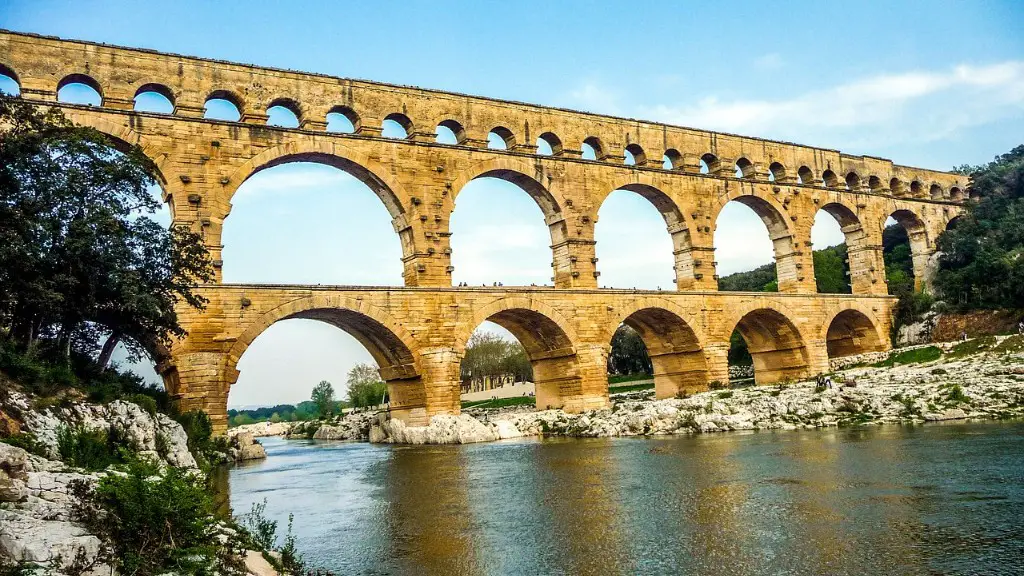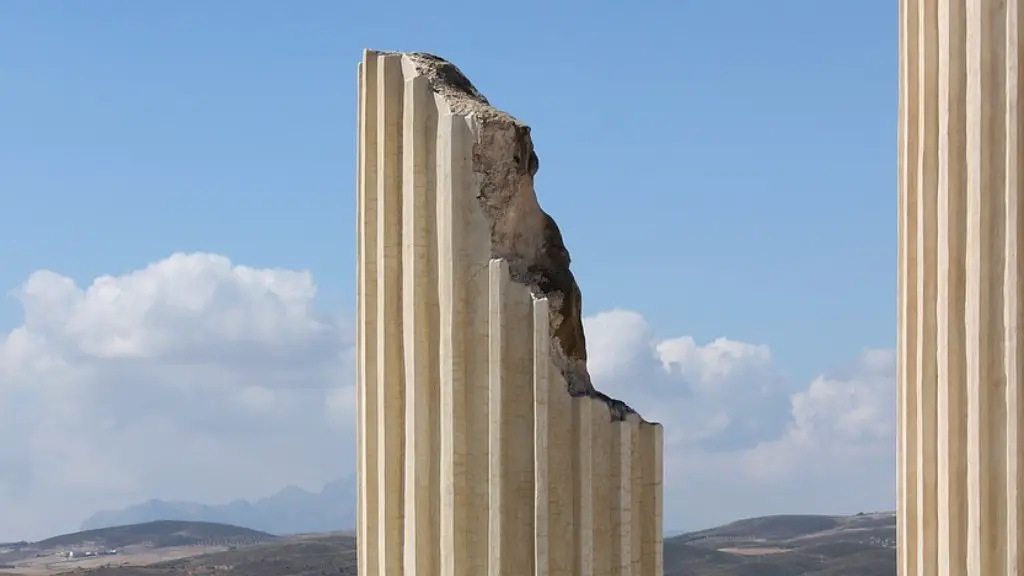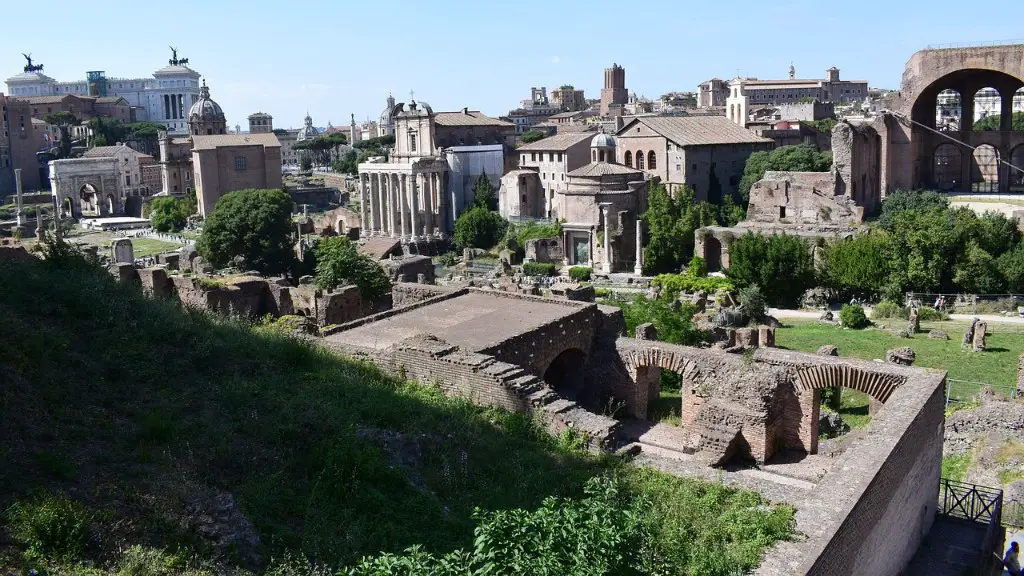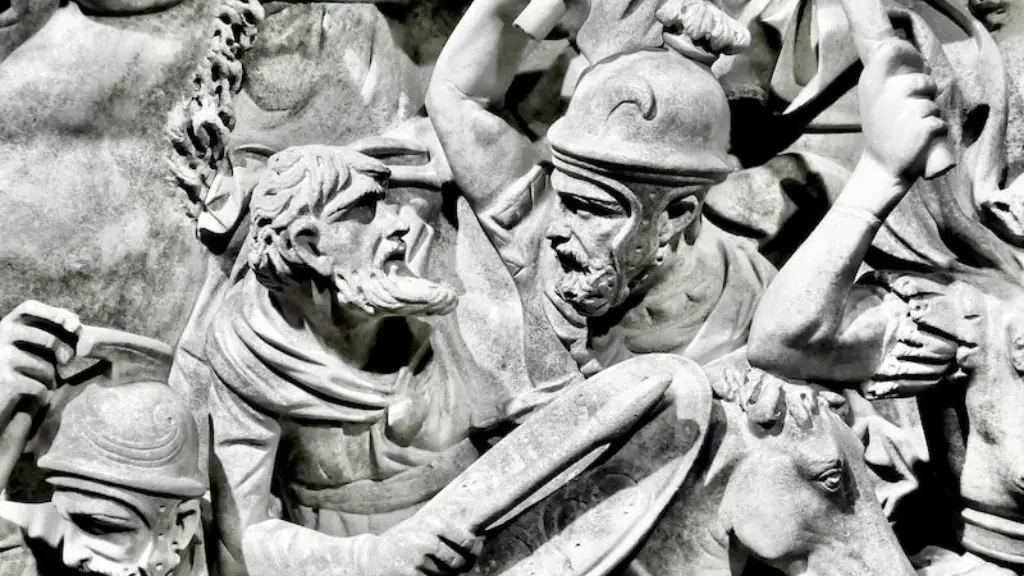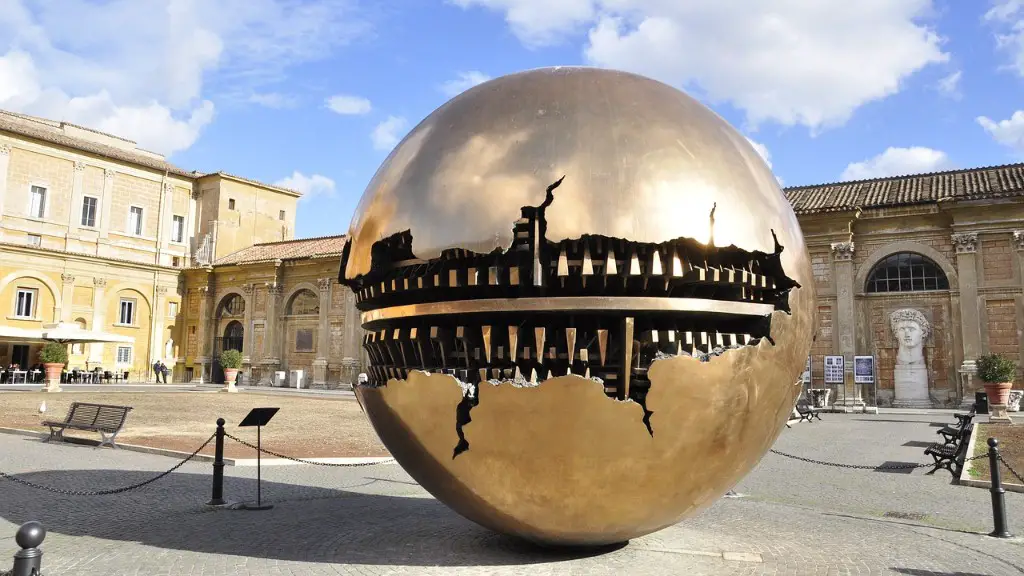The population of Rome during the reign of Octavian Augustus (63 BC-14 AD) is commonly overlooked due to the lack of any reliable census information. Nonetheless, scholars estimate the population of ancient Rome during this period to be anywhere from a low of 550,000 inhabitants to a high of 6 million. The widely accepted figure falls somewhere in the middle of those two extremes, at around 1.2 million to 1.6 million Roman citizens.
Historians rely on census and taxation records, archeological evidence, and description of infrastructure and activities in the ancient city of Rome to estimate the population between the 1st century BC and 3rd century AD. However, it is difficult to get a precise population figure due to an interrupted urban record. Over the centuries, Rome has been repeatedly sacked and destroyed, leaving few reliable records to work with.
Though the fate of so many ancient cities has been lost to the ages, the timeline of Rome’s reign and continued growth from a regional center to the capital of a vast empire has left evidence strewn throughout the countryside. Not only in the ruins of palaces and public buildings, but also in the tombs, tools, and manuscripts found in the nearby burial sites.
On the whole, most historians agree that considering Rome’s extended hegemony over the Mediterranean, and the various conquered territories, the population of the ancient city during Augustus’ reign was somewhere between 1.2 million and 1.6 million citizens.
For comparison, it is estimated that Paris in the 17th century had a population of around 800,000 people, with London having a population around 500,000 in the 15th century. These figures demonstrate how spectacular the growth of Rome really was: by the 1st century BC, the eternal city had a population one and a half to two times larger than the largest capitals in Europe.
Over the course of the 1st and 2nd centuries AD, the population continued to increase. By 250 AD, the population of Rome was nearly 2 million inhabitants. The impressive expansion of the city was closely intertwined with the expansion of Rome’s control over the Mediterranean, and with it came an ever-swelling population within the capital.
It is estimated that, at its peak, Rome had an estimated population of around 4 million people. This is quite remarkable, given the fact that in 1800 AD the city’s population was estimated to be around 200,000. To put that in perspective, modern day Rome currently has a population of around 2.8 million residents.
Infrastructure Development
Over the course of centuries, Rome had to continually adapt and grow in order to accommodate its massive population. In order to achieve this, during Augustus’ reign public services were improved and the city’s infrastructure was extended. Notable public works from this era include the construction of an aqueduct to supply clean drinking water, the Forum of Augustus and the Pantheon.
Urban spaces were also allotted for public entertainment and recreation, such as the Circus Maximus and the Colosseum, which held a capacity of 50,000 and 80,000 respectively. It is also notable that Rome experienced a surge of construction under Augustus, which had a profound effect on the city’s aesthetic.
The urban landscape of ancient Rome underwent a complete transformation, with new monuments such as the Mausoleum of Augustus, the Ara Pacis Augustae, or Altar of Augustan Peace, and a number of other temples and public works.
These initiatives were embraced by the populace as monuments to the glory of the empire, with some monuments such as Trajan’s Column still standing today. Ultimately, the period of Augustus’ reign marked a great shift in urban development, something that can still be seen today in the many monuments and ruins scattered throughout the city.
Conclusion
While Augustus’ reign is often remembered for his campaigns and military accomplishments, the population growth of ancient Rome during his rule is equally impressive. Even with the limits of data and information available, it is estimated that the population of Rome during the time of Augustus was somewhere between 1.2 million and 1.6 million people, with some estimates suggesting as high as 6 million. Unfortunately, the exact population is still unknown.
In order to accommodate such a large population, public infrastructure and services were improved and extended throughout the city. Monuments and ruins still stand to this day as a testament to the era of Augustus’ rule, with their continued survival a reminder of the empire’s grandeur.
Socio-Economic Markers
The population increase of Rome during Augustus’ rule had a profound effect on the socio-economic markers of the city. Not only did it provide a platform for growth, but it also increased the wealth and power of the city.
Additionally, Rome also saw a surge in intellectual activity and culture, with the rise of an urban elite. This provided a forum for debate and free expression, which in turn lead to an influx of philosophers, poets, and artists. Notable figures from the period include Tacitus, Vergil, Horace, and Seneca.
The rapid growth of the city also laid the foundations for a professional class in Rome. This included craftsmen, traders, bankers, merchants and professionals such as lawyers, who all rose in prominence during this period.
Public services such as education also saw improvement as well. Schools began to provide elementary education for boys and girls, while upper-level education was made available through the widespread establishment of academies and circles of scholars. This provided the hard-working citizens of Rome with the skills to survive in the ever-shifting economic climate of the Mediterranean.
Neo-Phenomenon
The population increase of Rome during Augustus’ rule also brought with it a new phenomenon in the city: the emergence of a vibrant middle class. Many of these were freedmen and merchants, taking advantage of the influx of wealthy citizens and the increasing trade opportunities.
The middle class provided the stability the city needed to handle the population boom, and it also encouraged a more entrepreneurial spirit throughout the city. As more and more citizens joined the middle class, their presence made it easier for trading companies and businesses to flourish in Rome, allowing the cities to expand its economic reach.
The presence of the middle class also had a profound effect on Rome’s political system, allowing for a more equitable distribution of resources and opportunities. This diversity of social and economic backgrounds, provided a much-needed counterweight to the power of the patricians and the imperial family.
The emergence of a vibrant and diverse middle class in Rome was what allowed the city to remain a major political power and an influential cultural center in the ancient world, a legacy that has endured to the present day.
Cultural Legacy
Apart from its political, architectural and economic achievements, Augustus’ reign left a lasting mark on the cultural landscape of Rome. From the fine arts to theater and literature, the period of Augustus is seen as a time of flourishing creativity.
In particular, literature flourished during this period, as many authors were inspired by the Emperor’s achievements and his success in unifying the empire. This trend is exemplified by masters such as Vergil, Horace, and Ovid, who cast Rome in a golden light and praised its glorious past.
Moreover, the Julio-Claudian dynasty also served as an inspiration to these authors, who used the imperial family as a way of connecting the ancient past to the Roman present. The result was a kind of “cult of the Augustus”, which was built around admiration for the Emperor and his family.
The legacy of Augustus’s reign reached far beyond the boundaries of Rome itself, as the period of Augustus’s rule was seen as a sort of golden age for the Roman Empire. Over time, the achievements of Augustus and his successors have become part of the world’s collective cultural memory.
Recurring Theme
The legacy of Augustus’ reign is a lasting theme throughout the literature, mythology and histories of the Western and Mediterranean cultures. During his lifetime, the Emperor most notably appears in Virgil’s very famous Aeneid, where Augustus is famously described as the son of the goddess Venus and the bringer of a golden age.
The Emperor is also prominently featured in Horace’s Odes, and regularly appears in later authors such as Dante, who refers to Augustus as “the eternal august”. Augustus’s life, accomplishments, and legacy are also featured in works by Chaucer, Marlowe and Shakespeare. Augustus even appears in the Bible, where the Emperor is noted as being “the one who has brought peace”.
Moreover, it is not just in literature that Augustus’ memory lingers. Statues of the Emperor can still be found today in various countries, many of which have been in place for centuries. He has also been immortalized in various cities throughout the world, such as Saint-Augustin-La-Salle in Quebec, which is named after him.
Today, the legacy of Augustus lives on in the monuments and ruins of Rome, the customs and traditions of a number of cultures around the world, and in the pages of some of the literature’s greatest texts. The period of Augustus’ rule is generally remembered as one of great prosperity and expansion of the Roman Empire, a legacy which continues to captivate and inspire even to this day.
